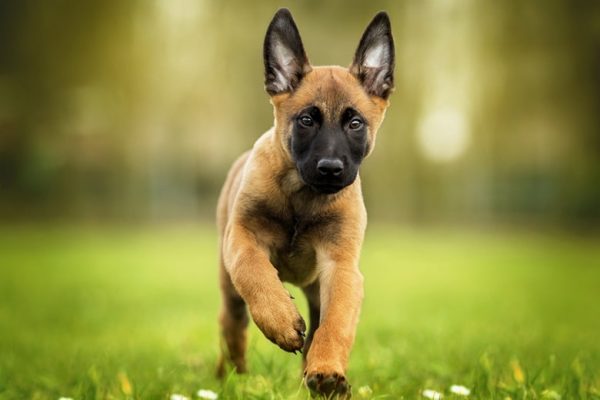Belgian Shepherd Malinois
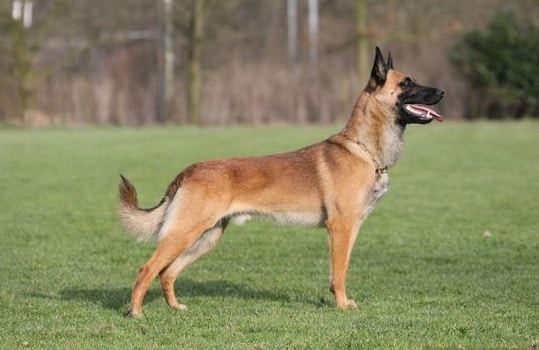
Unlike many guard dogs, the Malinois will never be overly aggressive. It is also not shy or reserved. Confident in its abilities, it will protect its family and property in a poised and assertive manner while always remaining alert.
Table of Contents
Breed Information
| Another Name | Malinois |
| Origin | Belgium |
| Height | Males 61-66 cm Females 56-61 cm |
| Weight | Males 29-34 kg Females 25-30 kg |
| Fur | Short, straight, stiff, with an undercoat |
| Color | Reddish-brown, mahogany, pale with black mask |
| Lifespan | 10-13 years |
| FCI Classification | Sheepdogs and Cattledogs (except Swiss Cattledogs) |
| Group | Dogs for children, dogs for protection |
| Price | From $500 |
Breed Photos
Origin History
The Belgian Shepherd Malinois is a medium-sized breed that, at first glance, resembles the German Shepherd. The dogs have a short haircut and are pale in color. They are one of the four types of Belgian shepherd dogs and were introduced in the United States as a separate breed in 1959.
These Belgian sheepdogs were developed in Belgium in the late 1800s and registered in Belgium and France under Chien de Berger Beige’s name. The Malinois was named after the town of Malina, where trainers and working canines bred it.
Appearance
The Malinois is a Belgian shepherd dog that is most often confused with the German shepherd dog. The breed is very similar to its German cousin, although its body has a square shape. The dog’s short coat has a paler or red color, and classically the underside of the Malinois is a lighter brown color. A small amount of white spotting on the coat is acceptable. This is what distinguishes the Malinois from the other three Belgian sheepdogs.
Because of their proud posture and elegant movements, there is something regal about the gait of the Malinois. The medium to large breed dog has an athletic build. Like other Belgian sheepdogs, males reach a height of 60 to 68 cm. While females are slightly smaller in size, getting between 56 and 62 cm. Taller males will weigh 25 to 30 pounds, while females will weigh about 20 to 25 pounds.
Character
Unlike many guard dogs, the Malinois will never be overly aggressive. It is also not shy or reserved. Confident in its abilities, it will protect its family and property in a poised and assertive manner while always remaining alert. Getting very close to their families, the Malinois may be wary of strangers at first. The impressively intelligent Malinois does tend to become very tense and anxious, often too thoughtful. Usually, the most active and busy Malinois become the most psychologically stable dogs.
Care
With a thick coat, the Malinois requires brushing once or twice a week. However, this subtype of Belgian Sheepdog requires less grooming than other Belgian Sheepdogs because of their shorter coat. Owners should be aware that they can shed profusely.
Training
Known worldwide for its training and obedience, the Malinois is one of the best dogs in the world for training. Trainers should avoid repetitive or boring classes, as this intelligent dog requires a lot of variety and interaction. It needs to be challenged.
Because of their potential sensitivity, any form of punishment should be avoided, as it can only lead to disgust and defiance. Given the nature of their ancestors, who served to guard livestock in this breed, there is always the potential for aggression. But with adequate training and proper socialization, this is easily prevented.
Common Diseases
There are quite a few diseases that Malinois owners should be aware of. There are also several injuries to which the working dog is particularly prone. These include traumatic dental injuries such as fractured canines and tail injuries. All members of the breed are prone to the following diseases:
- changes in the shape of the stomach;
- hip dysplasia;
- elbow dysplasia;
- epilepsy;
- atopy;
- progressive retinal atrophy.
Nutrition
The Malinois is unpretentious when it comes to food. He is fine with both combined and all-natural food. Make sure that his diet is balanced. This way, the Malinois can replenish its energy reserves and be active.
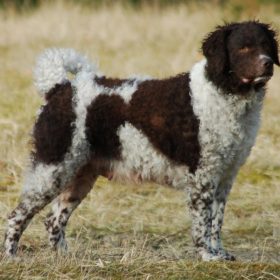 Wetterhoun
Wetterhoun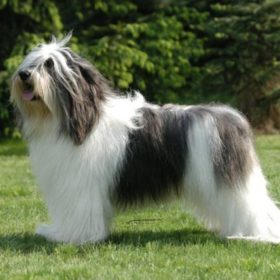 Polish Lowland Sheepdog
Polish Lowland Sheepdog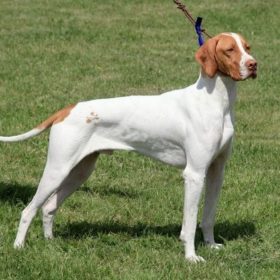 Braque Saint-Germain
Braque Saint-Germain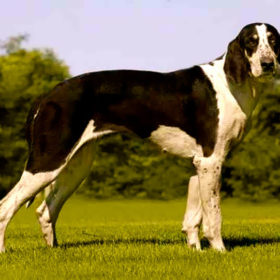 Grand Anglo-Français Blanc et Noir
Grand Anglo-Français Blanc et Noir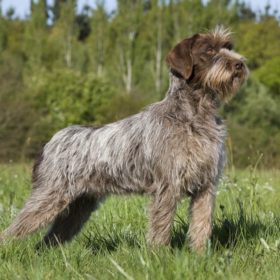 Wirehaired Pointing Griffon
Wirehaired Pointing Griffon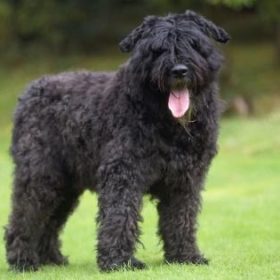 Bouvier des Flandres
Bouvier des Flandres
